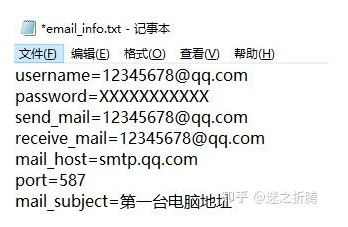一、Python/ target=_blank class=infotextkey>Python元组 表达式
len((1, 2, 3))
3计算元素个数
(1, 2, 3) + (4, 5, 6)
(1, 2, 3, 4, 5, 6)
连接
('Hi!',) * 4
('Hi!', 'Hi!', 'Hi!', 'Hi!')复制
3 in (1, 2, 3)
True
元素是否存在
for x in (1, 2, 3):
print (x, end=" ")
1 2 3迭代
二、方法
1、len(tuple)
计算元组元素个数。
>>> tuple1 = ('google', 'Runoob', 'Taobao')
>>> len(tuple1)
3
>>>
2、max(tuple)
返回元组中元素最大值。
>>> tuple2 = ('5', '4', '8')
>>> max(tuple2)
'8'
>>>
3、min(tuple)
返回元组中元素最小值。
>>> tuple2 = ('5', '4', '8')
>>> min(tuple2)
'4'
>>>
4、tuple(iterable)
将可迭代系列转换为元组。
>>> list1= ['Google', 'Taobao', 'Runoob', 'Baidu']
>>> tuple1=tuple(list1)
>>> tuple1
('Google', 'Taobao', 'Runoob', 'Baidu')
5、Sum(tuple) 求元素的和
Tupl01=(1,2,3,4,5,)
Sum_a=sum(tupl01)
Print(sum_a)(结果为15)









